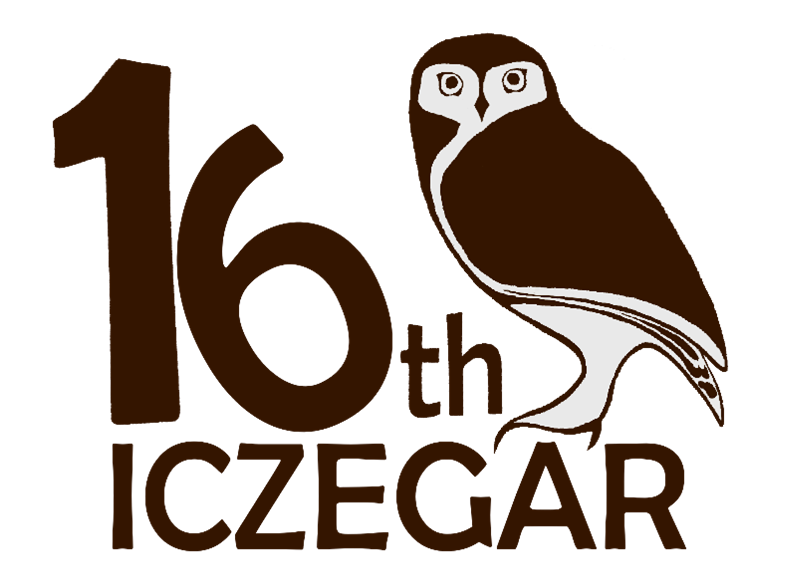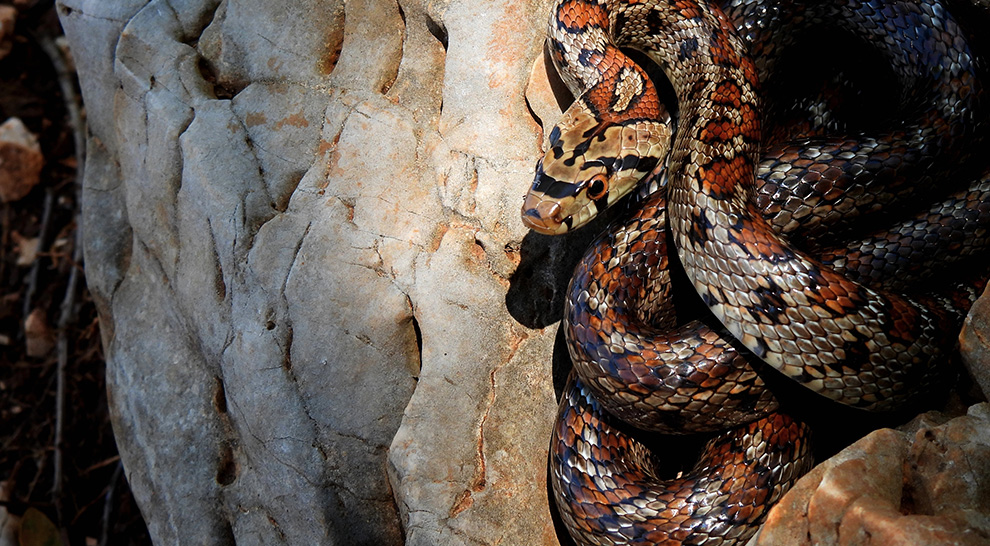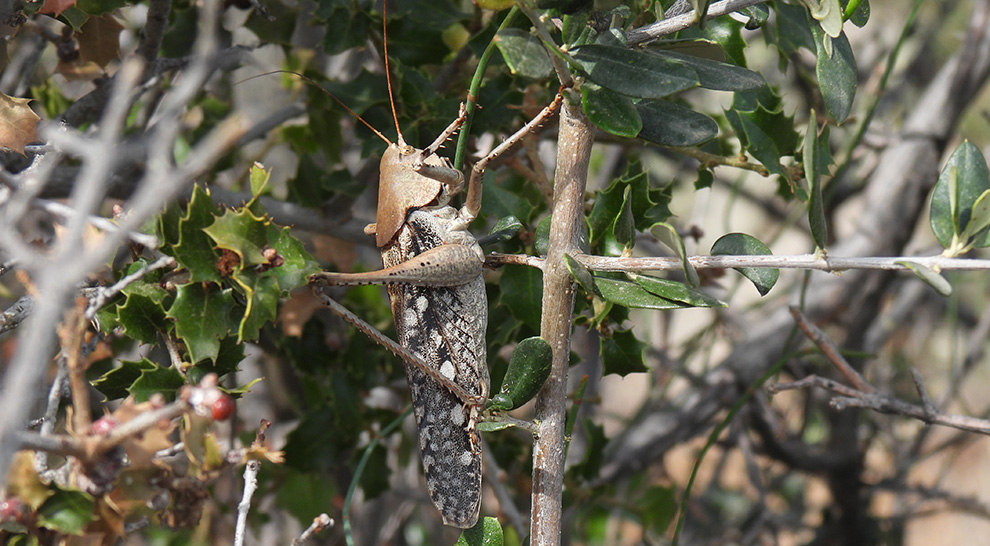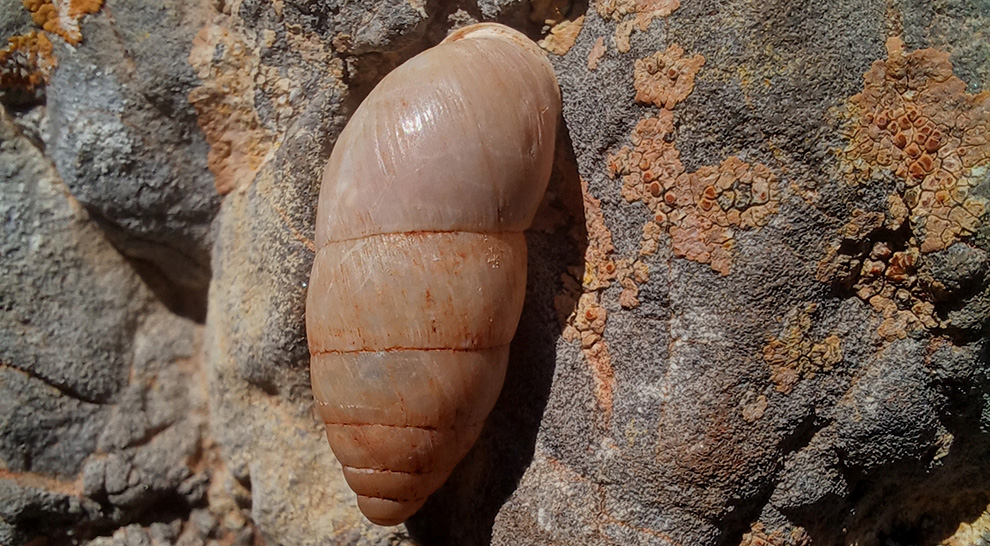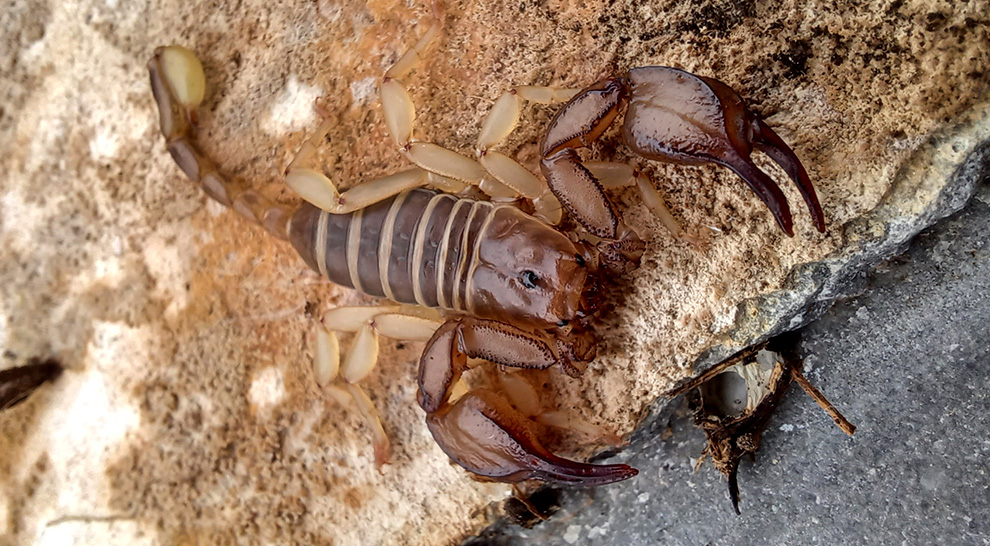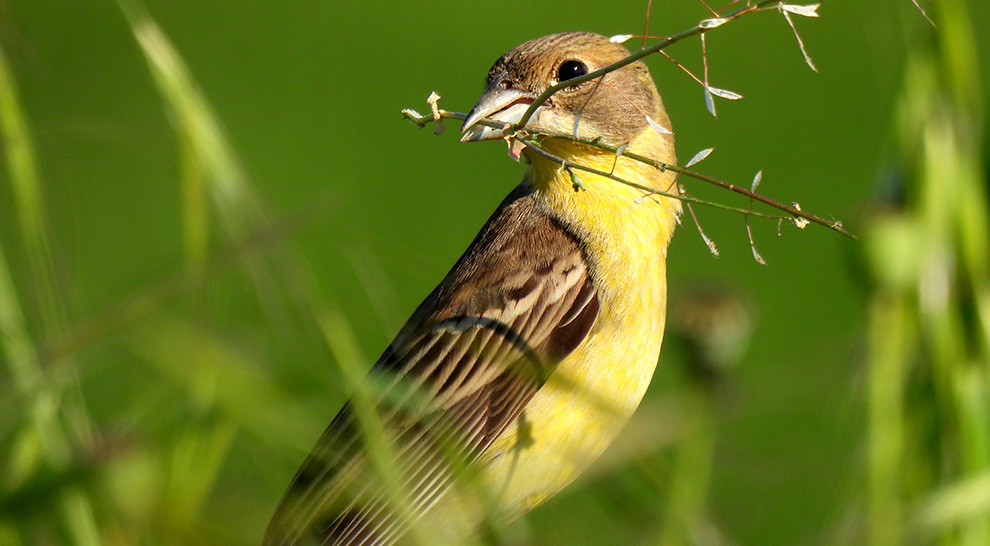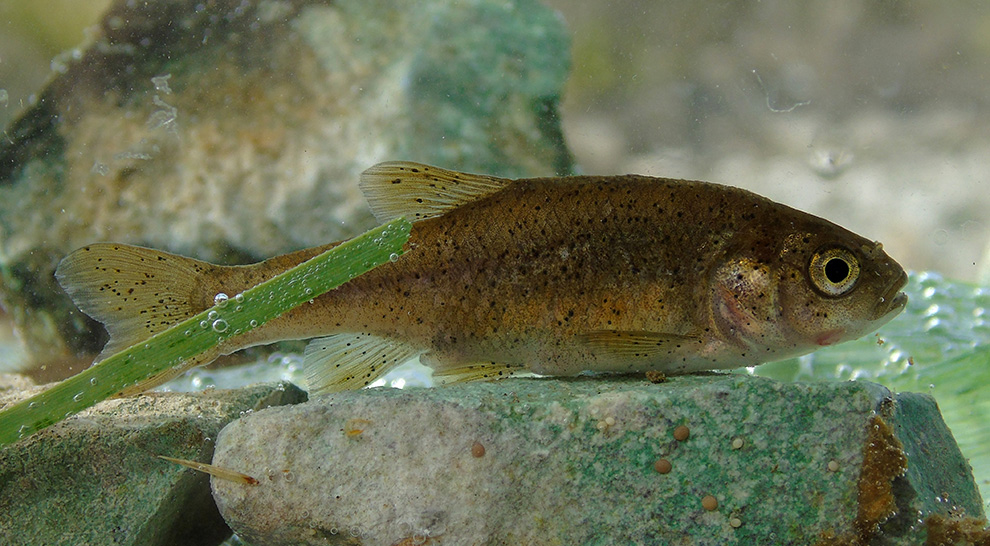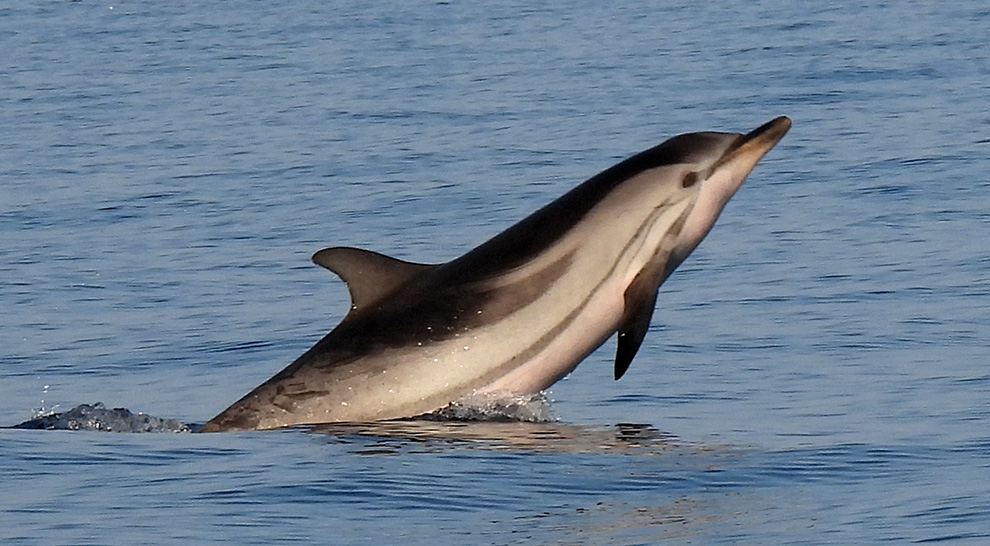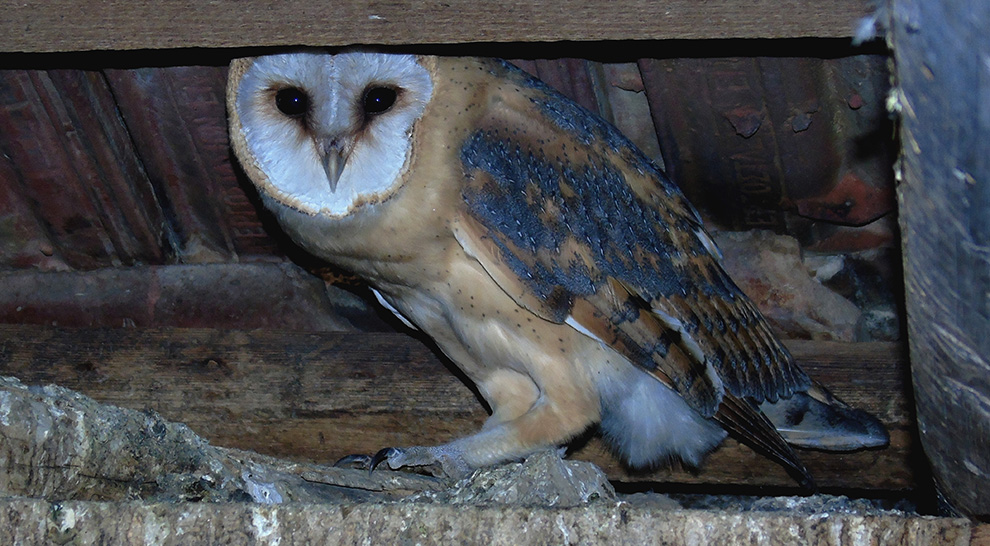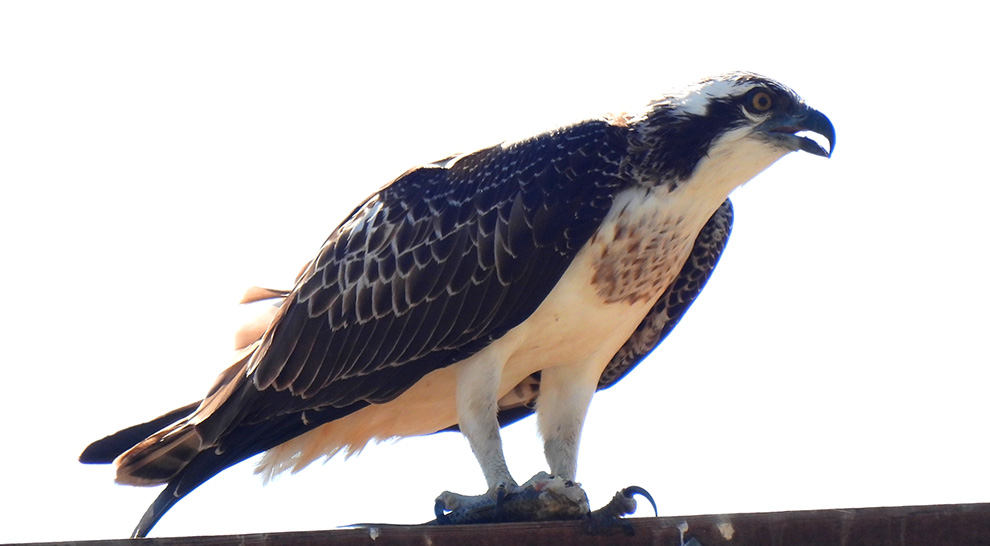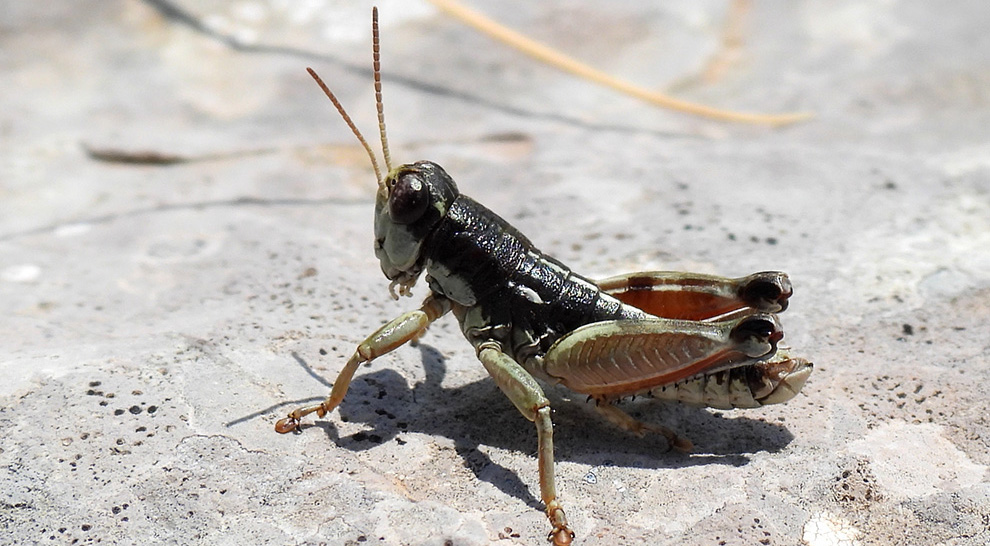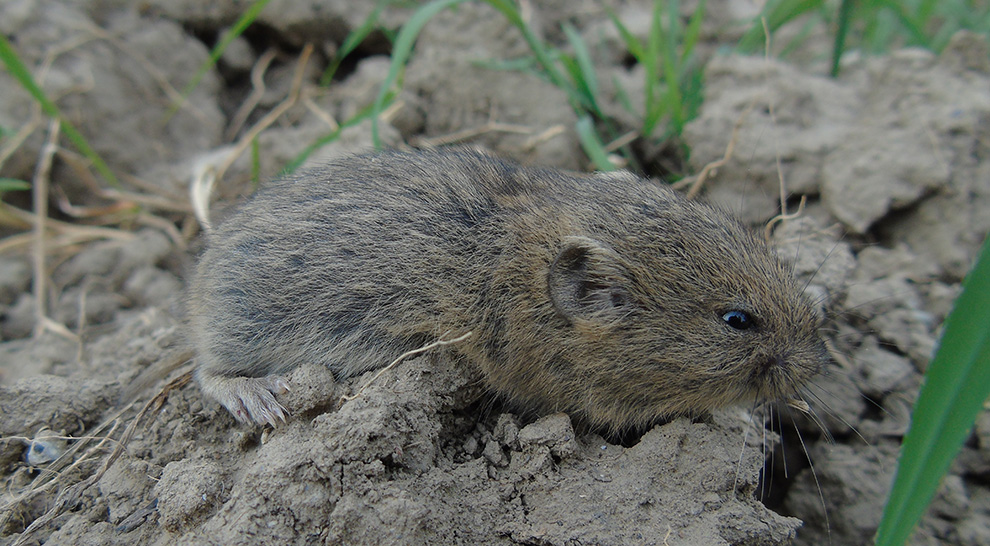Round Tables
Round Tables
Petros Varelidis1, Antonis Mazaris2, Dimitra Petza3, Vangelis Paravas4, Tasos Dimalexis5
1Secretary General of Natural Environment and Waters, Ministry of Environment and Energy
2Dept. of Biology, Aristotle University of Thessaloniki
3Natural Environment and Climate Change Agency, Athens, Greece
4Cyclades Preservation Fund
5 Nature Conservation Consultants Ltd
Moderator: Demetres Karavelas, WWF Greece
Marine Protected Areas (MPAs) are critical tools for conserving marine biodiversity and habitats, sustaining fisheries, and enhancing ecosystem resilience. They are central to the European Union’s marine conservation strategy, particularly under the EU Biodiversity Strategy for 2030 and the global “30 by 30” goal—to protect 30% of land and sea by 2030, with 10% under strict protection. This includes protecting Areas Beyond National Jurisdiction (ABNJ), with the EU supporting global efforts such as the High Seas Treaty to enable the establishment of MPAs in international waters. Effective planning of MPAs requires a science-based, inclusive approach that balances ecological objectives with socio-economic needs. However, the effectiveness of these areas remains a major concern, since many MPAs lack proper management plans, enforcement mechanisms, and ecological coherence, which limit their ability to deliver meaningful conservation outcomes. Challenges such as climate change, overfishing, new and competing maritime interests further complicate management efforts.
To reach the “30 by 30” goal and ensure the long-term effectiveness of MPAs, stronger political will, increased funding, capacity building, cross-sectoral governance, and enhanced cooperation is needed. Additionally, it is vital to ensure that MPAs are representative, interconnected, and resilient. It is also crucial to align MPAs planning with broader marine spatial planning efforts and to actively engage stakeholders, particularly from fisheries and coastal communities. This round table will explore these issues, with a particular focus on the Eastern Mediterranean and Greek Seas, aiming to share insights, identify gaps, and highlight pathways toward more effective MPA management.
Danai Papageorgiou1,2, Nikolaos Smit3, Fragkiskos Darmis4, Alexandros Vezyrakis4,5, Marina Papadopoulou6, Dimitra G. Georgopoulou7
1. Cetacean Communication and Cognition Group, School of Biological Sciences, University of Bristol, Bristol BS8 1TQ, UK
2. Evolutionary Genetics Group, Department of Evolutionary Anthropology, University of Zurich, Zurich CH-8057, Switzerland
3. Max Planck Institute for Evolutionary Anthropology, Leipzig, Germany
4. Max Planck Institute for Evolutionary Biology, Plön, Germany
5. Animal Ecology, University of Potsdam, Germany
6. Department of Ecological and Biological Sciences, University of Tuscia, 01100 Viterbo, Italy
7. Hellenic Centre for Marine research, Institute of Marine Biology, Biotechnology and Aquaculture, Greece
Moderator: Dionisios Youlatos, Dept. of Biology, Aristotle University of Thessaloniki
Group-living has evolved in various animal species. As animals move and interact with others, they generate an ever-changing social web, where each individual both experiences a unique social environment and contributes to that of others. The characteristics of these social environments, e.g., the complex spatio-temporal variability of group formations, can have profound implications for individual reproduction and survival. Scaling out, social interactions can influence key ecological and evolutionary processes, such as seasonal collective migrations. However, identifying complex interactions in nature is challenging as it requires following most individuals in a population over extended periods of time. Thanks to a combination of recent technological advances and traditional observation techniques, a rich toolkit to monitor individual behaviour and track the movement of entire groups is available. Several social organisms, such as fish forming schools, rodents living in hierarchical societies, wolfs forming packs, and even colonial breeding birds, are already being studied in Greece and adjacent regions. This roundtable aims to form a network of support and collaboration among early-career and senior researchers, fostering studies on group-living and collective behaviour. The session will include talks on current socio-ecological questions and available methodologies, followed by a roundtable discussion and brainstorming on future prospects.
Christos Barboutis1, Savas Kazantzidis2, Peter Marra3, Anastasios Bounas4
1Hellenic Ornithological Society -Scientific coordinator of Antikythera Bird Observatory
2Hellenic Bird Ringing Centre
3The Earth Commons: Georgetown University’s Institute for Environment and Sustainability; Laudato Si’ Professor of Biology and the Environment & Professor McCourt School of Public Policy, Georgetown University, Washington, D.C.
4Natural Environment and Climate Change Agency, Athens, Greece
Moderator: Demetres Vavylis, NECCA
Every year, billions of migratory birds travel between Europe and Africa, moving to and from their breeding and wintering grounds. Although the study of bird migration dates back hundreds of years, the eastern part of the migration flyway remains understudied and relatively poorly understood. While monitoring projects exist, a comprehensive and collaborative network of transnational monitoring initiatives at the flyway level has not yet been established, at least in the eastern flyway and along the Mediterranean. This lack of coordination hinders a full understanding of the complexity of bird migration. Research and conservation efforts have traditionally focused on breeding grounds, followed by significant attention to wintering grounds, leaving a substantial knowledge gap concerning the biological processes and threats present at critical stopover sites and during the crossing of ecological barriers. Recent studies suggest that the migratory period is when birds experience their highest mortality rates, with human-induced threats playing a significant role in some taxonomic groups. Additionally, climate change, which is rapidly altering natural systems, poses new threats to migratory birds that extend beyond their breeding grounds. Advances in methodologies and new technologies now enable researchers to track the movements of even small migratory species, providing valuable insights into aspects of migration that influence demographic parameters. These tools hold great promise for improving our understanding of migration dynamics and informing effective conservation strategies.
Greece although placed on a very important location along the flyway, as new data have shown, lacks a coherent migration monitoring scheme that would support effective conservation and/or restoration strategies for the protection of migratory species. A fact that is also coupled with the scarcity of skilled technicians/field workers equipped to undertake these monitoring tasks. Moreover, the significance of bird migration is not effectively communicated to the wider public, particularly to those living in migration bottlenecks and key stopover sites. This lack of awareness limits local community engagement in conservation and protection efforts. The round table discussion will outline a framework for addressing gaps in bird migration monitoring and research in the region, the need for coordinated monitoring networks at both national and international levels, conservation challenges along the flyway, the capacity level and the need for training of relevant personnel, ways to enhance public awareness and local community engagement, technological and methodological advances in migration studies, future steps and collaborative solutions and experiences from applied monitoring efforts abroad.
